Harbingers Of Doom: Asteroids In Prophecy And Legend
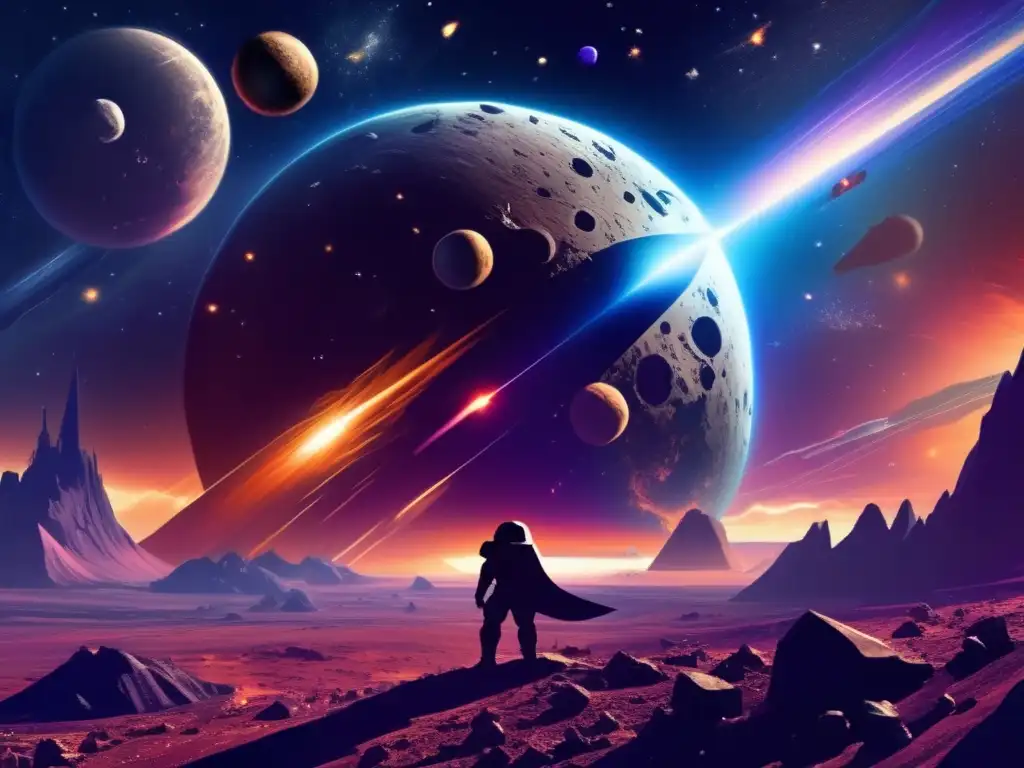
Introduction
Asteroids have fascinated humans for centuries, inspiring myths, legends, and prophecies about their potential impact on our planet. From the ancient beliefs of the Greeks and Romans to modern discoveries, asteroids have captured our imagination and sparked curiosity. In this article, we will dive deep into the fascinating world of these celestial objects and explore the role they have played in prophecy and legend.
The Role of Asteroids in Mythology

The Greek and Roman Connection
In Greek and Roman mythology, asteroids were often associated with deities such as Zeus, Apollo, and Athena. The Greeks believed that asteroids were the hammers of the gods, used to forge lightning bolts and other weapons. According to legend, when the goddess Athena was born, her father Zeus released a stream of asteroids from his head.
The Norse Connection
Norse mythology also referenced asteroids, seeing them as sparks from the fires of Muspelheim, the realm of fire, and Surtur, the giant who ruled there. They believed these sparks would eventually ignite Ragnarok, the end of the world, signaling its destruction and the creation of a new universe.
The Chinese Connection
In ancient Chinese mythology, asteroids were linked to the stars and constellations, representing the powerful forces that governed the universe. The Chinese believed that the stars and asteroids had the power to affect human destiny, and their astrologers closely monitored their movements for guidance on everything from agriculture to warfare.
Asteroids in Prophecy
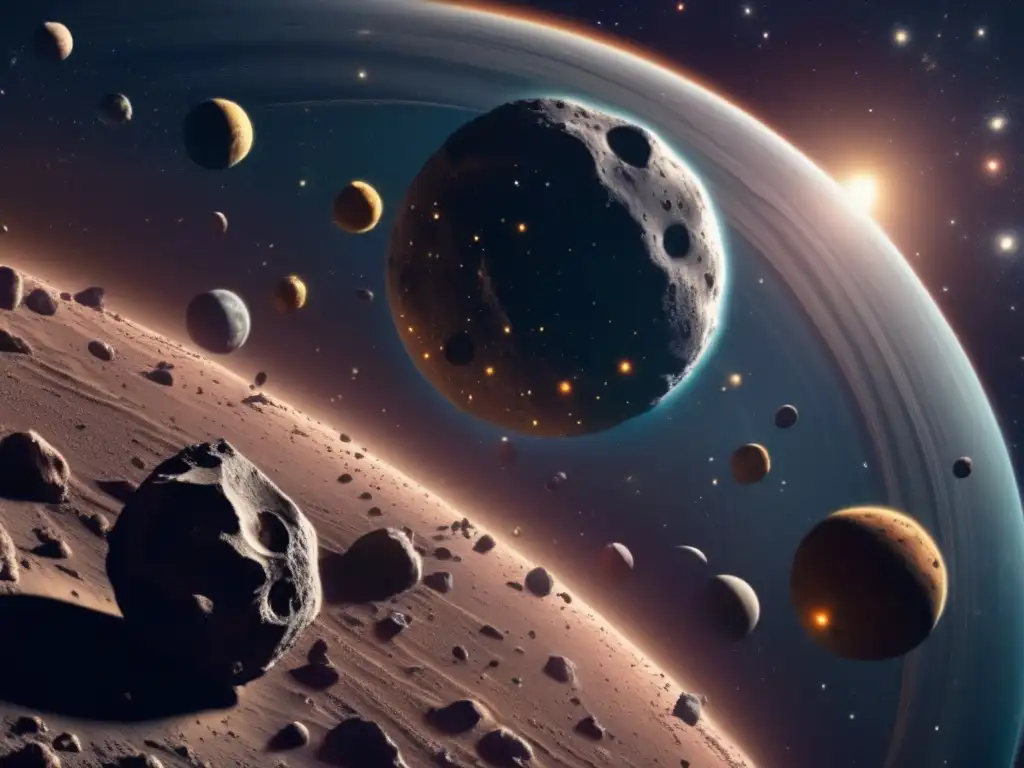
The Mayan Calendar Prediction
The Mayan calendar predicted that the world would end on December 21, 2012, due to an asteroid collision. Although their prediction was incorrect, it fueled widespread concern and fascination with the potential impact of asteroids on our planet.
The Nostradamus Prophecy
The famous French seer Nostradamus predicted in one of his quatrains that the world would end in July 1999, due to an asteroid impact. This prophecy also turned out to be inaccurate, but it sparked debate about the accuracy of Nostradamus’s predictions and the potential threat posed by asteroids.
The Scientific Significance of Asteroids

The Impact Theory
One of the most significant scientific discoveries about asteroids is the impact theory, which suggests that a massive asteroid impact caused the extinction of the dinosaurs over 65 million years ago. This theory has important implications for understanding the origins of life on Earth and the potential dangers of future asteroid impacts.
Mission to Asteroids
Scientists have launched several missions to study asteroids up close and gain insights into their composition, movement, and potential impact. For example, NASA's OSIRIS-REx mission aims to collect samples from the asteroid Bennu, which could provide valuable information about the formation of our solar system and the origins of life on Earth.
Could Asteroids Pose a Threat to Earth?

The Chelyabinsk Meteor
In February 2013, a small asteroid hit the Earth's atmosphere over Russia's Chelyabinsk Oblast, causing a powerful shockwave that injured over a thousand people and caused millions of dollars in damage. This event highlighted the potential threat posed by asteroids and the need for increased efforts to detect and track them.
The Efforts to Track and Deflect Asteroids
Scientists and organizations such as NASA have launched numerous efforts to detect and track asteroids, including the Near Earth Object program. In addition, several proposals have been made to deflect or destroy asteroids that pose a threat to Earth, including using nuclear weapons or redirecting them with gravitational pulls.
Frequently Asked Questions
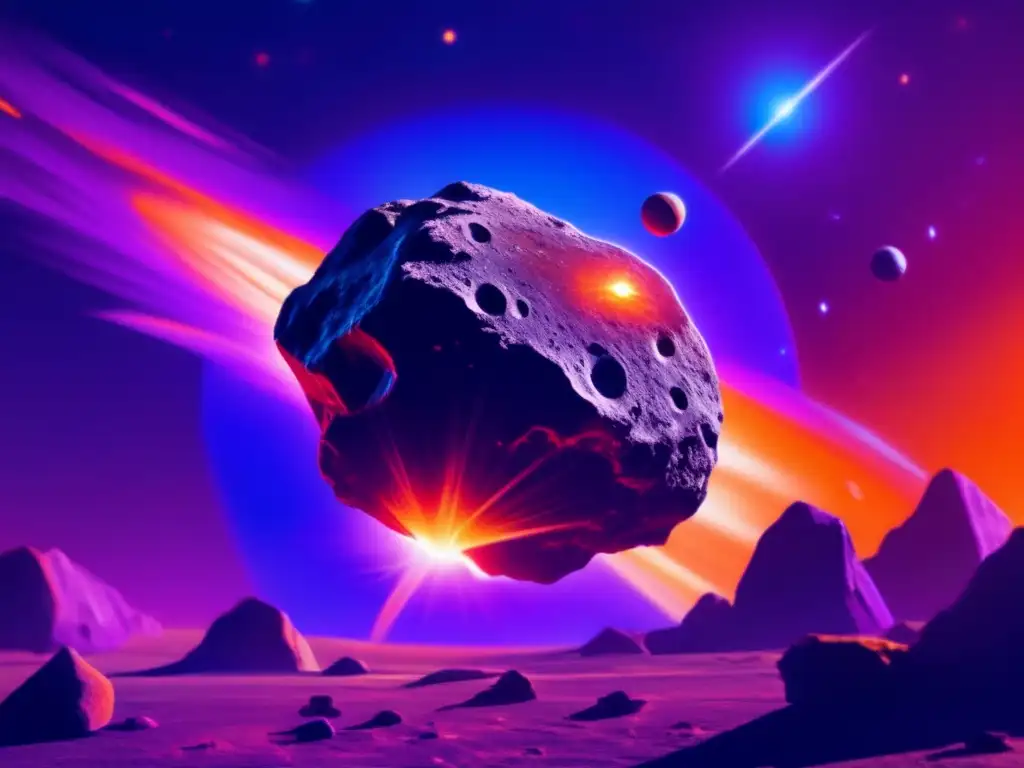
-
What is the difference between an asteroid and a meteor?
Asteroids are large rocky bodies that orbit the sun, while meteors are small rocky or metallic bodies that enter the Earth's atmosphere and burn up, creating a streak of light in the sky.
-
How are scientists able to study asteroids?
Scientists use telescopes and spacecraft to study asteroids up close, analyzing their composition, structure, and movement.
-
What would happen if a massive asteroid collided with Earth?
A massive asteroid impact could cause widespread destruction, potentially leading to mass extinctions and significant changes in the Earth's climate and environment.
-
How likely is it that an asteroid will hit Earth?
The chances of a large asteroid impact are relatively low, but the potential consequences are severe enough that increasing efforts are being made to detect and track asteroids.
-
Can asteroids be deflected or destroyed?
Several proposals have been made to deflect or destroy asteroids, including using nuclear weapons or redirecting them with gravitational pulls.
Conclusion
Asteroids have captured our imagination throughout history, inspiring myths, legends, and prophecies, and continuing to spark curiosity and fascination today. As we learn more about these celestial objects and their potential impact on Earth, it is essential to continue increasing efforts to detect and track them. At the same time, scientific exploration and study of asteroids offer valuable insights into the origins of our solar system and the possible paths of human evolution. Thank you for reading, and please share your thoughts and comments below.
Additional Resources
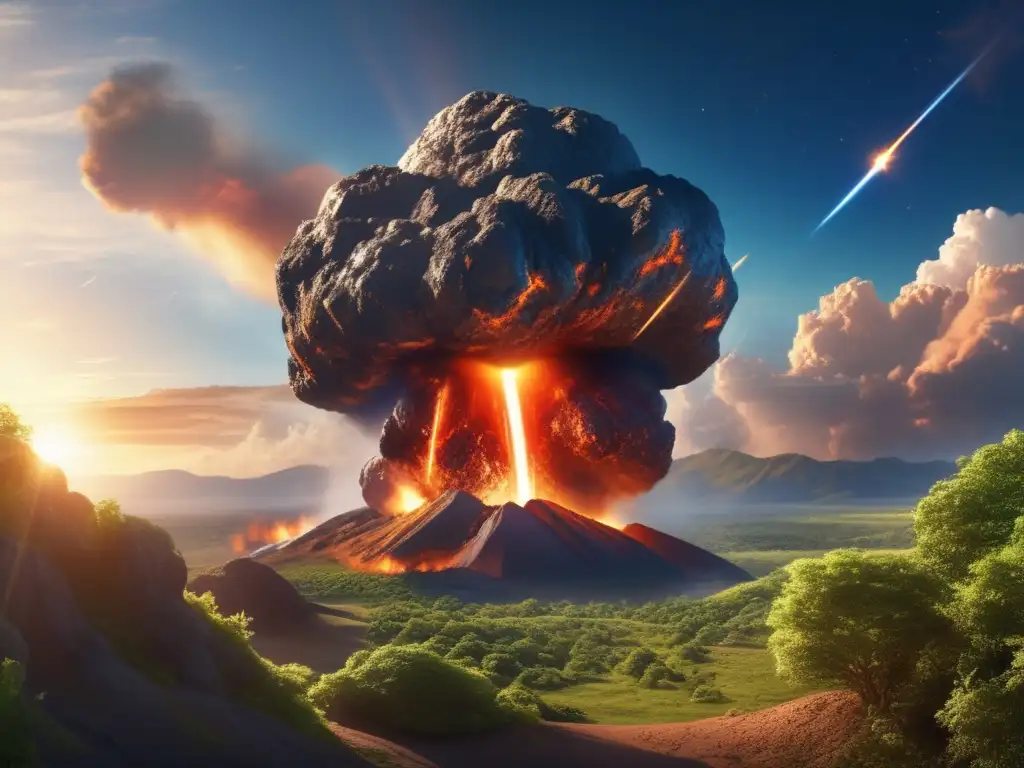
For those interested in learning more about asteroids, we recommend the following resources:
- NASA’s Near Earth Object Program: https://cneos.jpl.nasa.gov/
- The OSIRIS-REx Mission: https://www.asteroidmission.org/
- The Planetary Society: https://www.planetary.org/
 The Warrior's Stone: Asteroids In Samoan Legends
The Warrior's Stone: Asteroids In Samoan Legends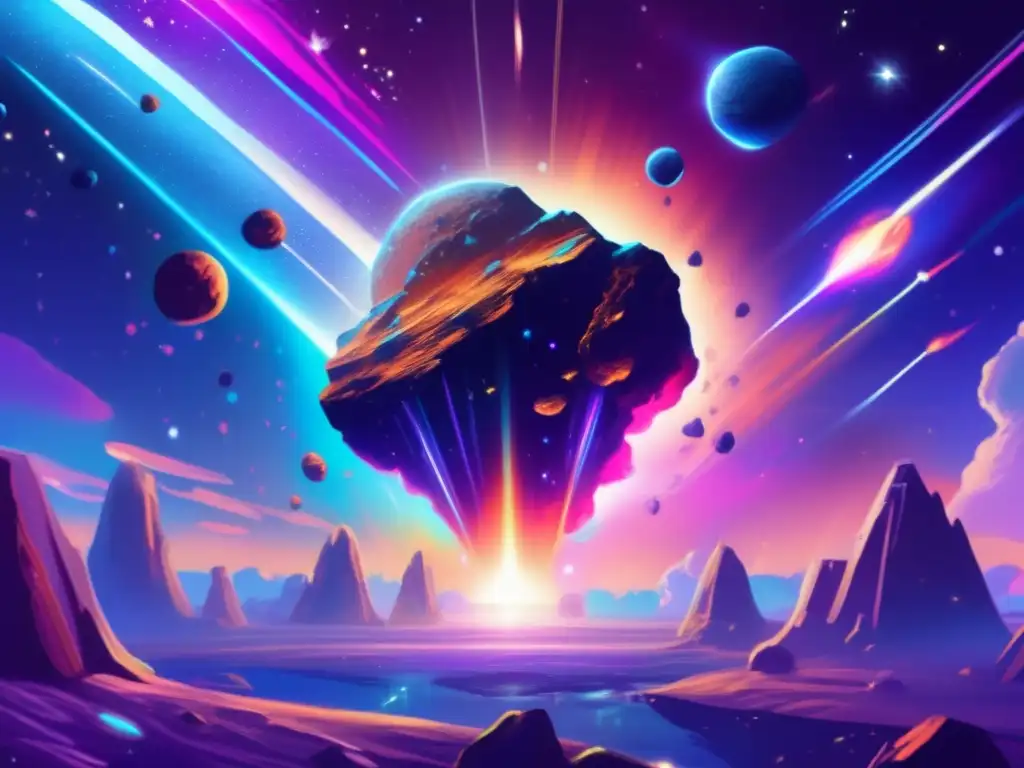 Gifts From The Heavens: Positive Myths About Asteroids
Gifts From The Heavens: Positive Myths About Asteroids Asteroids In Native Plains Tribes' Myths: A Cross-cultural Analysis
Asteroids In Native Plains Tribes' Myths: A Cross-cultural AnalysisIf you want to discover more articles similar to Harbingers Of Doom: Asteroids In Prophecy And Legend, you can visit the Asteroid Mythology category.
Leave a Reply

Articulos relacionados: